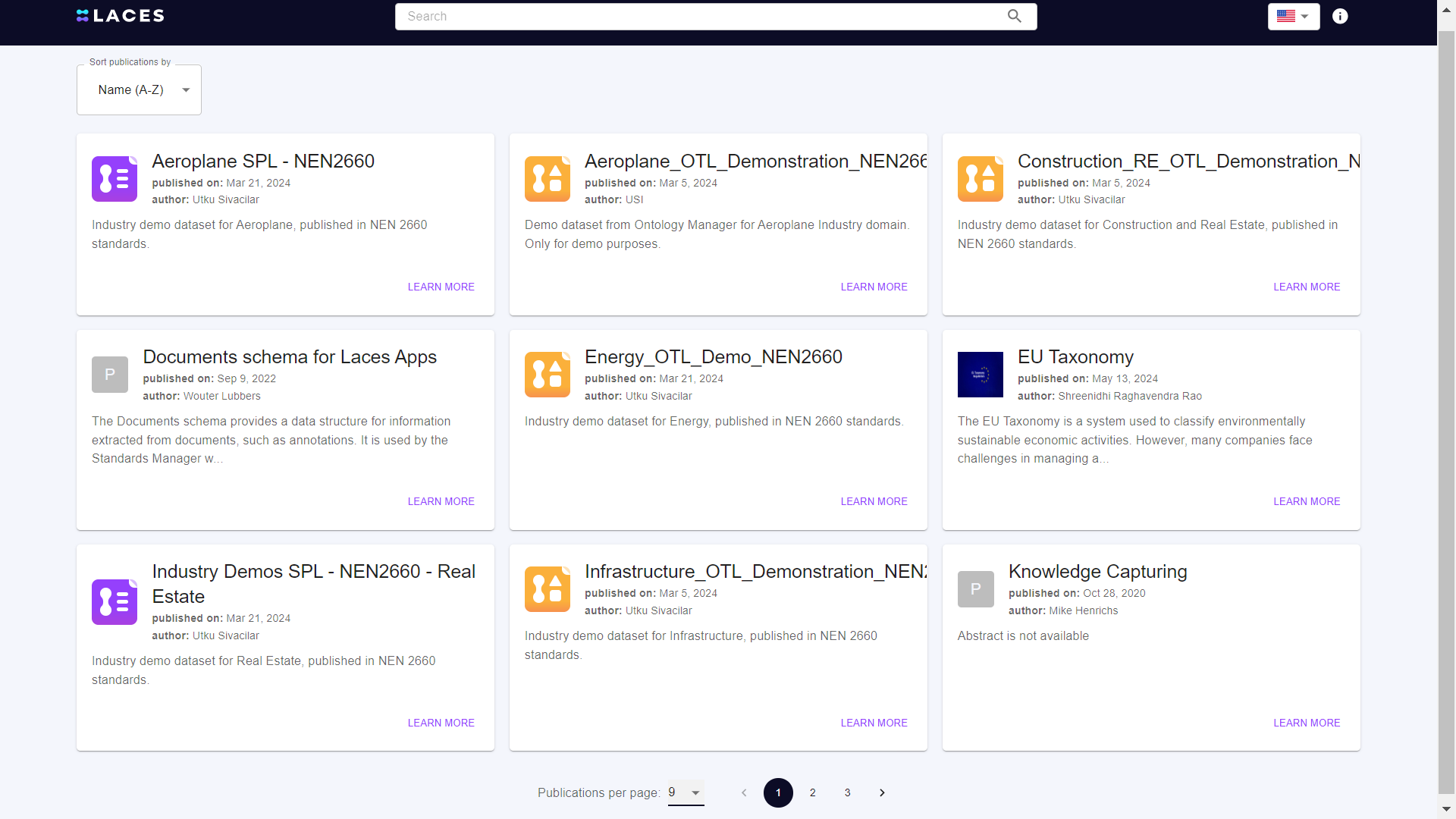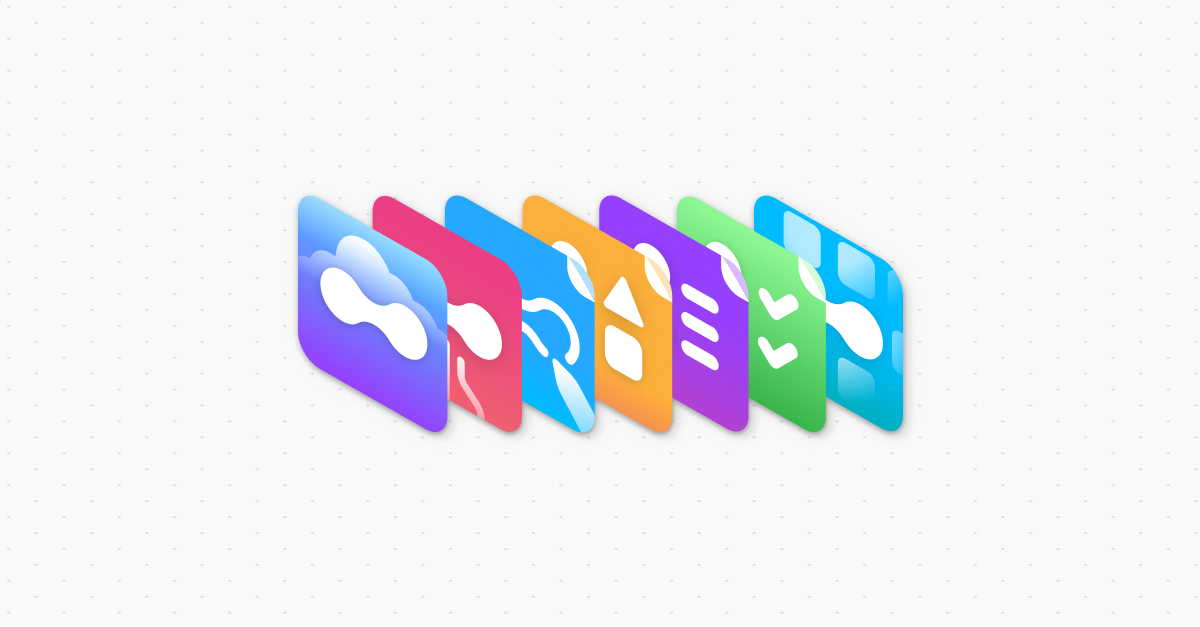Laces Hub, The GitHub For Linked Data: What Is It And How Can It Benefit You?
- Updates
In the early 1990s, the internet was on its way to becoming the go-to medium for exchanging knowledge and communicating. However, early internet users encountered a significant problem. To access and explore a website, they needed to know its URL address. Yahoo solved this challenge by developing the first search engine capable of searching the contents of web page. This was by using a text query and returning relevant URLs.
Similarly, in the late 2000s, software developers often worked in isolation due to difficulties in managing and sharing code seamlessly, which frequently led to version control issues. GitHub solved this challenge by creating a platform where developers could host, share, and review code and collaborate with others—all in one place.
Today, we envision Laces Hub serving as a similar discovery tool but for Linked Data. Much like Yahoo and GitHub addressed their respective challenges, Laces Hub allows users to discover and exchange relevant (Linked Data) publications without needing to contact the publisher directly. Acting as a comprehensive data portal, Laces Hub enables you to share, trade, or apply data from various sources, making it available for your chosen applications.
Keep reading to learn more about Laces Hub and the use cases it supports. Discover how your business can benefit!
What is Laces Hub?
Laces Hub presents data stored in triple stores (Laces Data Platform), databases tailored to support Linked Data and graph structures.
A ‘triple’ is a structure that always comes in sets of three: one entity linked to another entity. This structure, the building block for understanding Linked Data, can extend infinitely and is subject to mathematical reasoning, earning the name ‘Graph.’
This framework underpins our data marketplace―a virtual platform or website where users can (freely) offer their content to others, fostering the creation and dissemination of Linked Data.
How does it work?
Central to Laces Hub functionality is making data readily accessible. The solution revolves around discovering publications. The landing page serves as a comprehensive list of accessible publications with intuitive search and filtering capabilities. Each publication entry includes details such as name, metadata, a truncated abstract, and a concise visual representation.
The design makes accessing a publication straightforward. All it takes is clicking on a publication. This way, users open a side drawer displaying comprehensive information, including the full abstract and options for actions such as requesting access from the publisher if necessary.
For authorized users, all data for referencing, querying, or downloading the publication is neatly organized within a collapsible container.
Laces Hub can be deployed in an instance branded with Laces, granting access to open publications served by the Laces Data Platform. Additionally, we aim to offer our clients hosted instances of Laces Hub tailored to their specific needs and preferences. Such instances will provide access to their publications while allowing for limited theming options to ensure a cohesive brand experience.

Conclusion
Laces Hub operates in data exchange and application, facilitating the seamless transfer and use of data across diverse systems and stakeholders. It allows users to access and share data with anyone faster and with lower integration costs. Guaranteeing that knowledge doesn’t stagnate.
Laces is the first suite of tools for capturing, sharing, and applying all of your master data, enterprise content, and other information you need within your IT landscape.
It allows you to create data sets, publish them as Linked Data, and share or apply data from various sources with the Laces Hub, making it available for your chosen applications.
Would you like to see how the Laces Hub works? Book a demo with one of our specialists for a personalized platform walkthrough and get all of your questions answered.
The Five Biggest Challenges in Creating Statements of Requirements for Engineering Teams
If you work in engineering, you don’t need anyone to explain what a statement of requirements (SoR) is. Every new project, whether it involves a bridge, tunnel, road expansion, or water facility, begins with the same process: collecting all requirements, structuring them, validating them, revising them, and ensuring that no critical requirement is overlooked. SoRs […]
ReadStructure, Link, and Reclaim Control Over Requirements
In today’s complex engineering landscape, clarity is non-negotiable whether you’re working on a new satellite platform, an electric vehicle, or a regional water system. The systems we build are more complex, integrated, and dependent on data than ever before. And yet, one of the most critical ingredients for success, the specification, is still too often […]
ReadWhy You Should Use Laces to Simplify Verification and Compliance
Verification plays a critical role in industries where precision, safety, and accountability are non-negotiable, whether you’re designing infrastructure, building vehicles, or manufacturing medical devices. Yet, for many teams, managing the verification process is still a complex, manual, and error-prone task. This is where the Laces Requirements Manager comes in. It simplifies the planning and execution […]
Read


